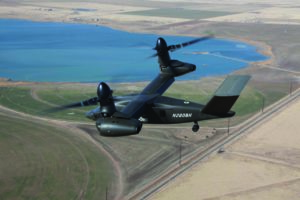
The Bell [TXT] V-280 Valor advanced tiltrotor has met all U.S. Army Key Performance Parameters (KPPs) for the Joint Multi-Role Technology Demonstration (JMR-TD) program in flight testing, and the company plans to continue such testing to reduce risk, Bell said on May 20. An Army request for information from industry last month on the Future Long-Range Assault Aircraft (FLRAA) component of Future Vertical Lift lays out a desire for 280 knots maximum continuous cruise speed at max power. The two most…














